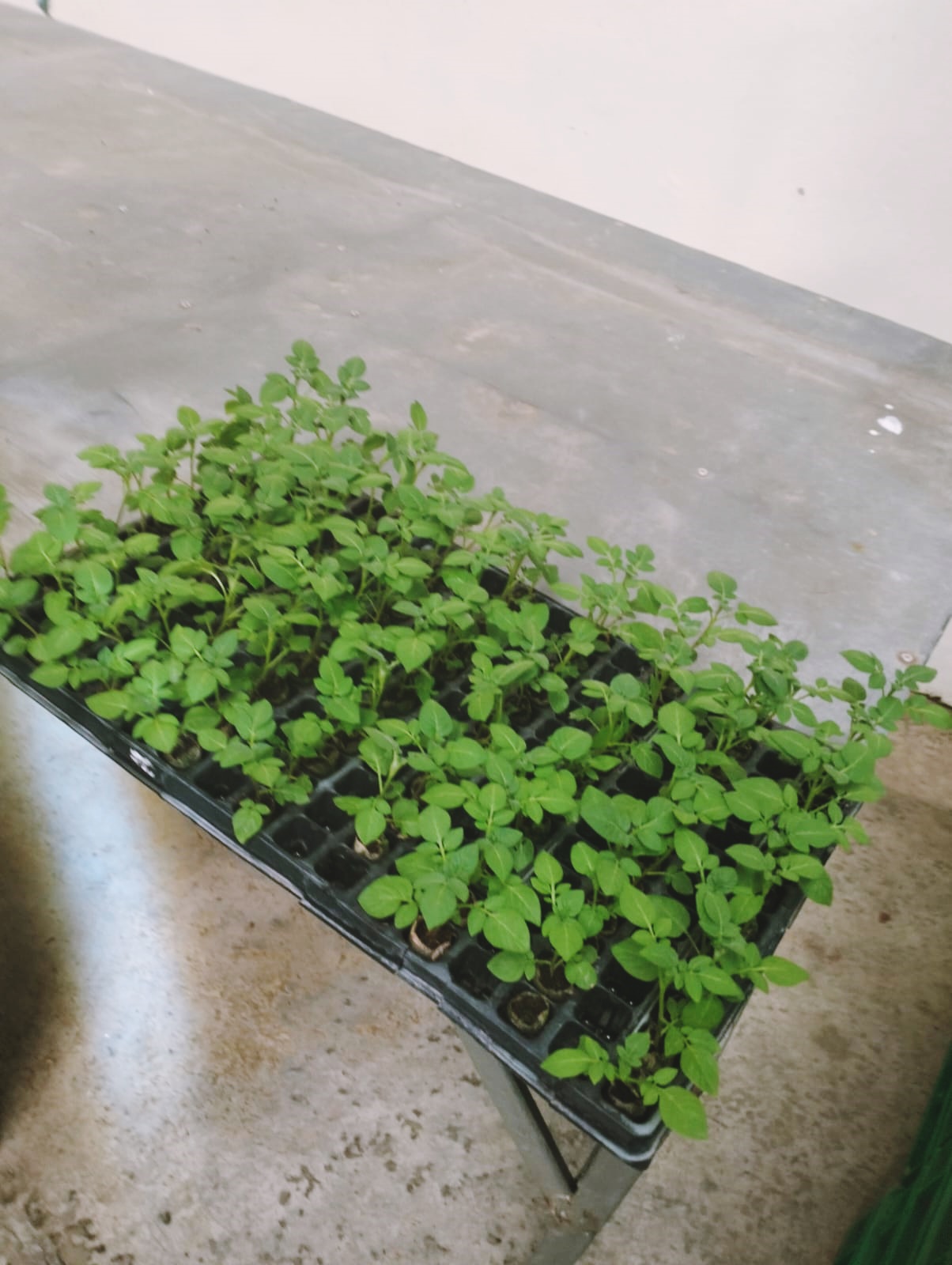The Role of Tissue Culture in Potato Farming
Potato farming has undergone significant transformations over the years to address the challenges of food security, pest management, and crop yield optimization. One groundbreaking technology that has made a substantial impact in this field is tissue culture. This advanced method of plant propagation creates opportunities for farmers to revolutionize their potato production systems.
.jpeg)
Understanding Tissue Culture
Tissue culture, also known as plant tissue culture or micro-propagation, is a laboratory technique used to grow plants from small tissue samples, such as cells or even single plant tissues. The process involves several steps, including:
1. Selection of Explants: This is the initial stage where a small part of the potato plant, such as a shoot tip or a node, is selected as the source tissue.
2. Sterilization: The selected tissue is sterilized to prevent contamination.
3. Placement on Culture Medium: The sterilized tissue is placed in a nutrient-rich culture medium that supplies the essential minerals, vitamins, and hormones required for growth.
4. Induction of Growth: Under controlled conditions of light, temperature, and humidity, the tissue begins to multiply and develop into plantlets.
5. Acclimatization: The plantlets are gradually adapted to external conditions before being transferred to the field.
Advantages of Tissue Culture in Potato Farming
Tissue culture introduces several game-changing benefits to the potato seed farming industry:
1. Disease-Free Plant Material: One of the most significant advantages of tissue culture is the ability to produce disease-free potato plantlets. By starting with healthy explants, farmers can significantly reduce the risk of diseases that often plague traditional seed potatoes, resulting in healthier crops and improved overall yields.
2. Uniformity and Quality: Tissue culture allows for the production of genetically identical plants, ensuring uniformity in size, shape, and quality. This consistency is crucial for meeting market demands and improving the efficiency of farming operations.
3. Mass Propagation: A small tissue sample can be multiplied into thousands of plantlets in a short period. This capacity for rapid propagation means that farmers can quickly scale up their production to meet growing market demands.
4. Faster Growth Cycle: Tissue-cultured plants typically establish faster than those grown from traditional seeds. This reduced establishment time allows farmers to optimize their planting schedules and improve turnover.
5. Conserving Genetic Resources: Tissue culture serves as a preservation method for rare or endangered potato varieties. This ensures that unique genetic traits are not lost, enabling breeders to develop new, resilient potato strains in the future.
Addressing Challenges in Potato Farming
Tissue culture significantly helps tackle some of the common challenges faced by potato farmers:
1. Pest and Disease Resistance: Potato crops are susceptible to numerous pests and diseases, which can devastate yields. The production of disease-free seedlings mitigates this risk and reduces the reliance on chemical pest control methods.
2. Climate Adaptability: As climate change continues to impact agriculture, tissue culture can help in developing potato varieties suited for specific local conditions. By optimizing varieties through tissue culture methods, farmers can ensure better adaptability and resilience.
3. Resource Efficiency: Traditional potato seed production often requires significant land and resources, which can be challenging for smallholder farmers. Tissue culture allows for high-density planting, maximizing output while minimizing resource use.
Maximizing Benefits through Best Practices
To fully leverage the advantages of tissue culture in potato farming, farmers can adopt the following practices:
1. Training and Knowledge: Farmers should invest in training programs that educate them about tissue culture techniques, including its benefits and practical applications.
2. Collaboration with Research Institutes: Partnering with agricultural research institutes can provide farmers with access to innovative tissue culture methods and high-quality plantlets.
3. Adaptation and Experimentation: Conducting small-scale trials with tissue-cultured varieties can help farmers understand how these plants perform in their specific environments and adjust practices accordingly.
4. Integrated Pest Management (IPM): While tissue culture helps produce disease-free plants, integrating IPM practices will further enhance plant health and yield.
5. Market Connectivity: By enhancing the quality and quantity of potato production, farmers can connect with markets more effectively, ensuring a better return on investment.
Conclusion
Tissue culture represents a revolutionary advance in potato farming, providing a robust solution to some of the industry's most pressing challenges. By producing disease-free, high-quality, and uniform seed potatoes, this technique not only boosts farm productivity but also supports sustainable agricultural practices. As farmers embrace tissue culture and integrate it with existing cultivation methods, the potential for increased yields and improved crop resilience is enormous. The future of potato farming is bright with tissue culture at the forefront, promising food security and economic resilience for farmers worldwide.

